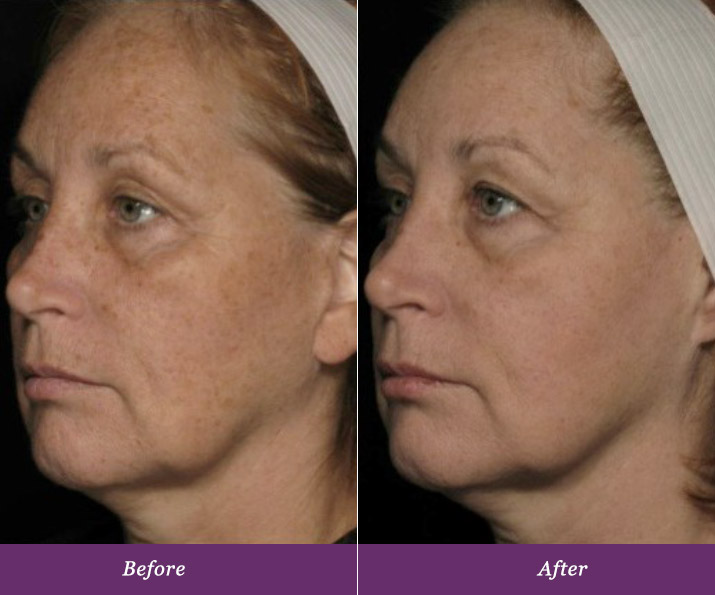FACIAL REJUVENATION
What is PRP and Micro-needling?
PRP therapy is a procedure that enhances the body’s healing factors to improve its ability to stimulate cellular activity. It is used in facial rejuvenation. Because the patient’s own blood is used, it works to use the regenerative factors in their plasma to create a solution that is compatible with the patient and forms new cells to help rejuvenate their tissue.
What can it do for your skin?
(Specific conditions – wrinkles, acne, etc.)
PRP therapy can address aesthetic issues by using the nutrients in plasma to revitalize the patient’s facial tissue to reduce wrinkles, acne and scarring. PRP can produce collagen, tighten skin, reduce wrinkles and fine lines, smooth out acne scarring, reduce dark circles and sun-damaged skin around the eyes and diminish crow’s feet.

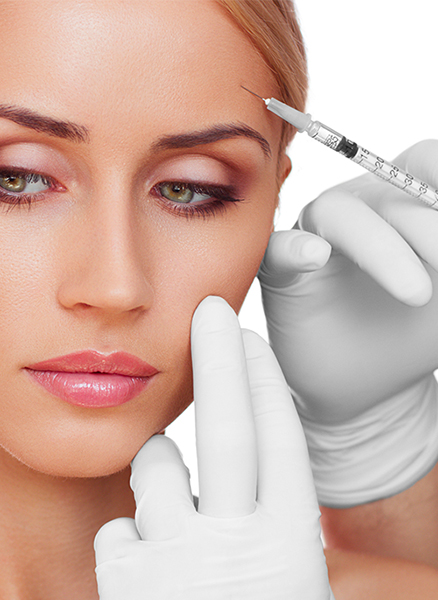
How does it work?
The regenerative qualities in platelets allow them to help rejuvenate aging or worn-down tissue because plasma contains proteins that repair tissue and direct cells towards a target area. PRP has provided remarkable results in aesthetics for increasing the production of collagen, tightening and rejuvenating skin and regenerating connective tissue. By increasing the production of collagen, skin tissue improves over time as the body rebuilds its collagen supply.
What is the procedure?
PRP therapy begins with the patient’s blood being placed in a centrifuge that isolates the plasma from other elements of their blood cells. It is then injected into the skin through the process of micro-needling, a treatment method that uses a micro-pen to create perforations into the epidermis without damaging the skin. This accelerates the repair mechanisms that produce collagen and elastin, rebuilding skin from the inside out. The procedure takes about 30 minutes to complete.
Before and After Facial Rejuvenation
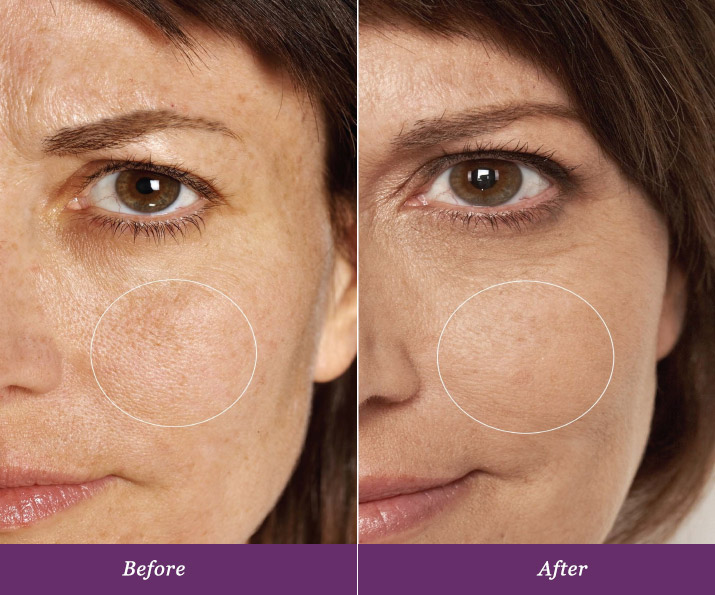
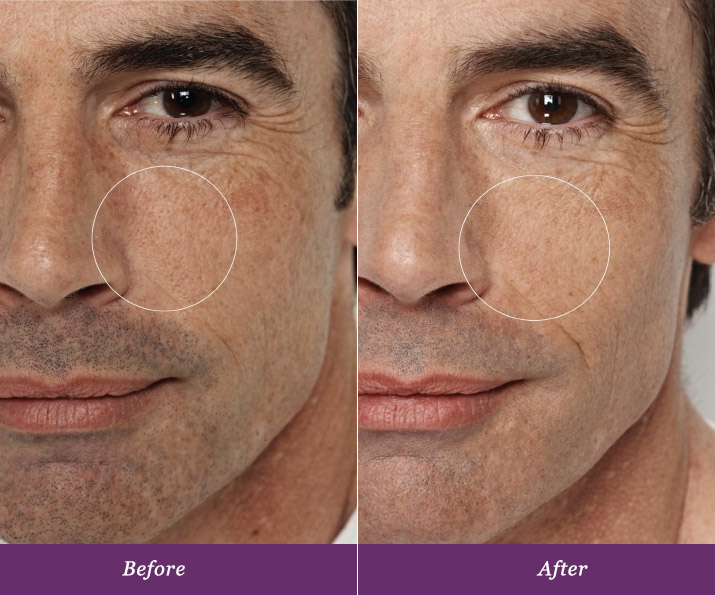
What are Exosomes?
Exosomes are extracellular vesicles that can transport proteins, lipids, nucleic acids, DNA and species, and other nutrients throughout the body. Their utility as intercellular communicators make them viable tools for internal restoration by signaling cellular processes to help rejuvenate tissue.
What can they do for your skin?
The capabilities that exosomes have to carry molecular structures allow them to be vessels for regenerative factors that contribute to tissue restoration. Exosomes secreted from fibrocytes contain proteins and microRNA that regulate and enhance collagen production. As a result, the new collagen can work to revitalize skin and improve tissue health at a deeper level than surface treatment.

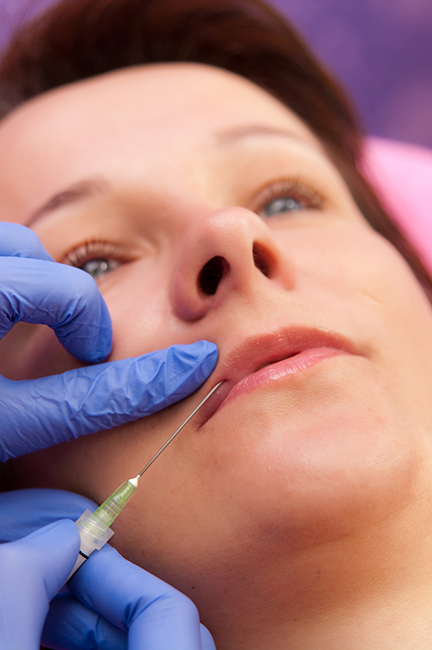
How do they work?
Exosomes are released from their original cell after a multivesicular body fuses in the plasma membrane. The factors, nutrients and molecules found in exosomes are determined by the cell of origin, so different exosomes hold different functions. Exosomes transfer the molecules stored inside of them through body fluids to deliver nutrients to a specific area, carrying distinctive features depending on their composition. Exosomes for aesthetic application serve to signal its residing nutrients to be delivered towards molecular structures pivotal in collagen production and tissue restoration to target inadequate tissue and revitalize skin through internal and external regeneration.
What is the procedure?
The process behind an exosome for a facial rejuvenation procedure begins with a straightforward approach in identifying target areas that have been affected the most with aging. Exosomes are dispensed through subcutaneous injections that are administered into sections of the face in need of rejuvenation. Once the exosomes are integrated into the facial tissue, collagen production in the area is stimulated to begin the process of reinvigorating the patient’s skin.
Before and After

